Asian Rhinoplasty
Rhinoplasty in Asians can be different than those of patients with Caucasian, Native American, or African heritage. Furthermore, rhinoplasty can be different depending on the country of the ethnicity of origin among Asians. Board-certified plastic surgeon Dr. Azouz has extensive experience in rhinoplasty for Asians and African Americans in Dallas. The rhinoplasty is customized to reshape the nose that respects each patient’s distinct anatomical traits and desires.
What is Ethnic Rhinoplasty?
A specialized type of nose job called ethnic rhinoplasty is used to treat the unique nasal features of people who are Asian, Middle Eastern, African, or Hispanic in origin. Ethnic rhinoplasty highlights and celebrates the natural beauty of a variety of facial traits, in contrast to regular rhinoplasty, which may concentrate on Western standards of beauty.
Why Is Asian Rhinoplasty Different?
Most Caucasian and other ethnic nose job surgeries are performed to reduce the size of the nose in some way. Asian nose jobs frequently require enlarging parts of the nose. Many people of Asian descent are unhappy with their profile because their noses tend to be petite and lack a strong nasal bridge. This can make a nose look flat. While it may seem like a purely cosmetic concern, in some cases, it makes wearing glasses difficult or can make deviated septum symptoms worse.
Asian rhinoplasty often differs in the surgical approach because the nose must be built up. Instead of removing cartilage and tissue, it must be added. With Asian rhinoplasty, the nose bridge can be heightened using synthetic implants or cartilage from another area. The tip of the nose can be built up in a similar way, although a wide tip can be reduced instead.
Candidates for Surgery
Ideal candidates for Ethnic Rhinoplasty are individuals who:
- Desire to improve the appearance of their nose while maintaining ethnic identity
- Seek correction of specific nasal concerns such as a flat nasal bridge, wide nostrils, or a hanging tip
- Have realistic expectations about the outcome of the surgery
- Are in good overall health and do not have underlying medical conditions that may increase surgical risks
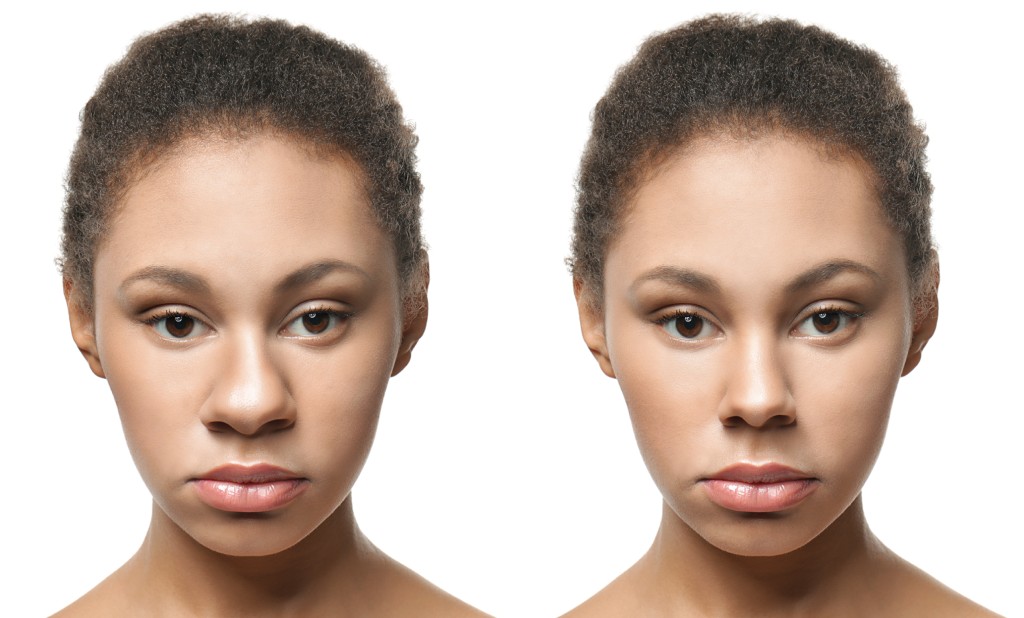
Benefits of an Ethnic Rhinoplasty
Ethnic Rhinoplasty offers a range of benefits, including:
- Enhancement of facial harmony and balance
- Correction of nasal asymmetry and disproportion
- Preservation of ethnic identity while achieving desired aesthetic goals
- Improved self-confidence and self-esteem
How is an Ethnic Rhinoplasty performed?
Dallas plastic surgeon Dr. Azouz employs meticulous surgical techniques to achieve natural-looking results that complement the patient’s facial features. The procedure typically involves:
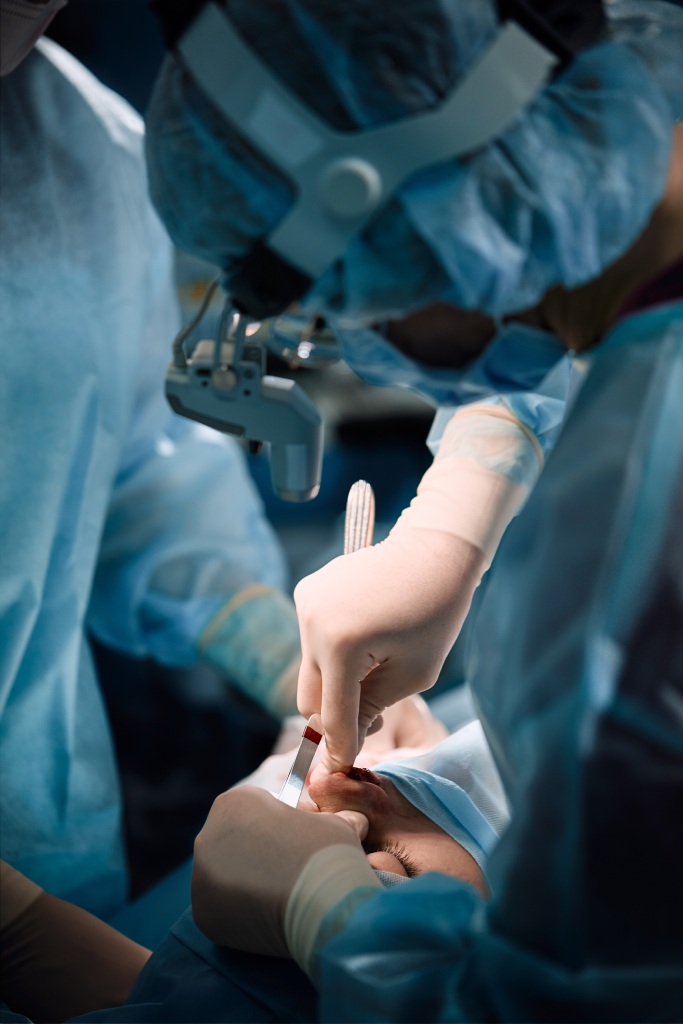
- Consultation: Dr. Azouz conducts a comprehensive evaluation and discusses the patient’s goals, concerns, and cultural preferences.
- Customized Planning: A personalized surgical plan is developed to address the patient’s unique nasal anatomy and aesthetic objectives.
- Surgery: The procedure is performed under moderate to deep sedation to ensure patient comfort and safety.
- Nasal Reshaping: Dr. Azouz carefully sculpts the nasal structure, addressing concerns such as a low nasal bridge, wide nostrils, or a drooping tip.
- Closing Incisions: Incisions are closed with meticulous precision and Dr. Azouz often performs a closed or preservation rhinoplasty to minimize scarring.
- Recovery: Patients are provided with detailed post-operative instructions and monitored closely during the recovery period to ensure optimal healing and results.
Anesthesia Used for an Ethnic Rhinoplasty
Moderate to deep sedation is usually used during ethnic rhinoplasties to guarantee the patient’s comfort and security during the process. In addition to monitoring the patient’s vital signs while administering anesthesia, Dr. Azouz collaborates closely with skilled anesthesia providers to minimize nausea and discomfort.
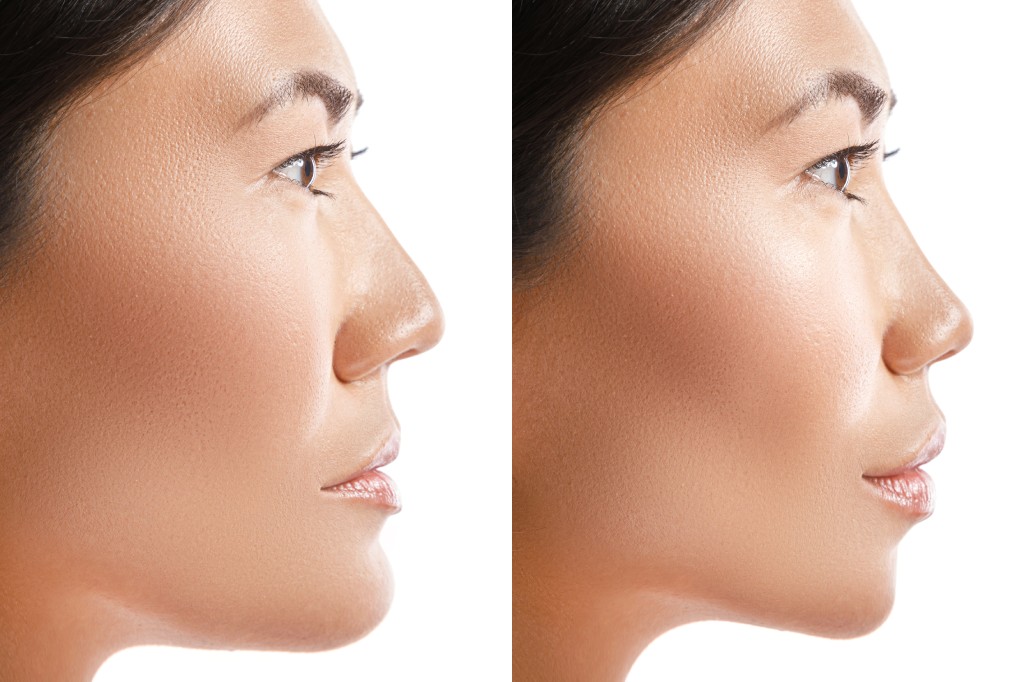
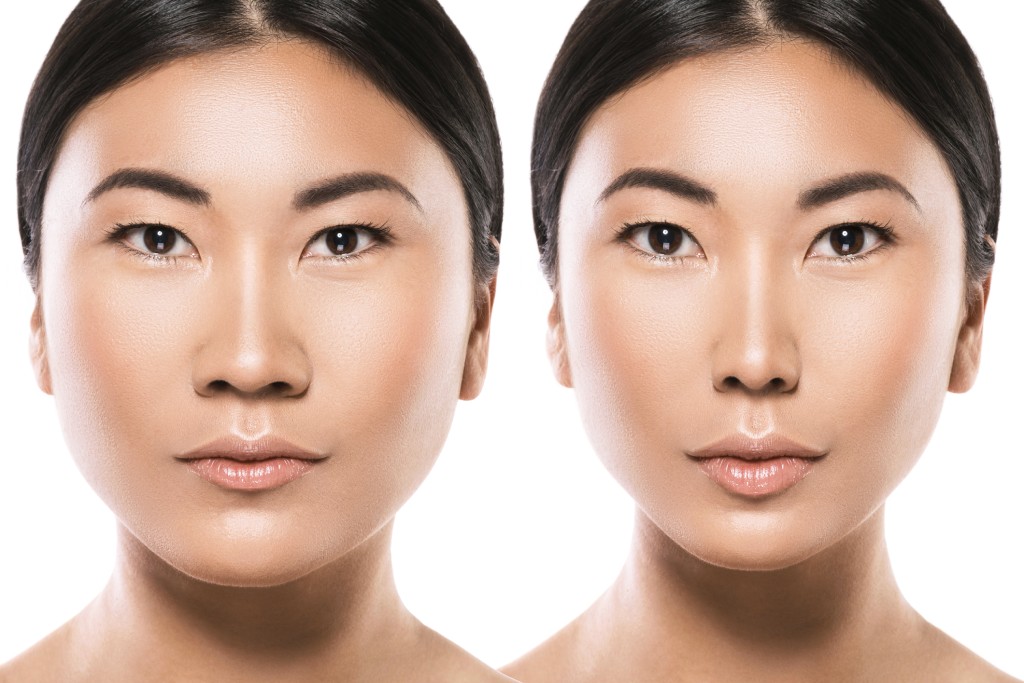
Risks of a Nose Job
While Ethnic Rhinoplasty is generally safe, like any surgical procedure, it carries some risks, including:
- Bleeding
- Infection
- Adverse reaction to anesthesia
- Unsatisfactory aesthetic outcome
Dr. Azouz discusses these risks with patients during the consultation and takes appropriate measures to minimize them.
Recovering from a Nose Job
The recovery process following Ethnic Rhinoplasty varies from patient to patient but typically involves:
- Swelling and bruising, which gradually subside over the following weeks.
- Temporary discomfort or pain, managed with prescribed medications.
- Avoidance of strenuous activities or contact sports for several weeks to allow for proper healing.
- Follow-up appointments with Dr. Azouz to monitor progress and address any concerns.
During your follow-up appointments, board-certified plastic surgeon Dr. Azouz will make personalized recommendations to ensure optimal healing for the best natural results from a nose job.
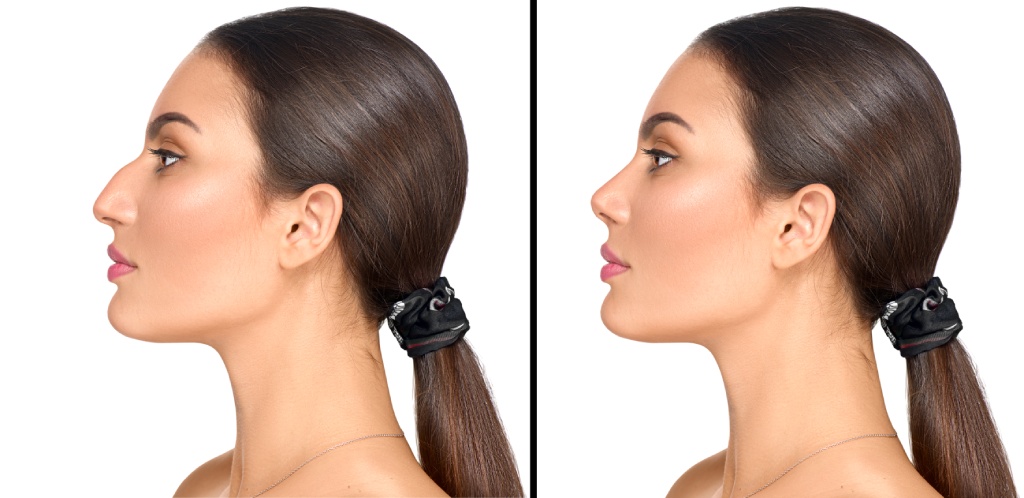

Can you combine surgeries with a nose job?
In some cases, Ethnic Rhinoplasty may be combined with other procedures to address additional concerns, such as:
- Blepharoplasty (Asian eyelid surgery) to enhance the appearance of the eyes
- Facelift to improve facial symmetry and balance
- Buccal fat pad removal to achieve overall facial harmony
Dr. Azouz will discuss the possibility of combining procedures during the consultation and develop a personalized treatment plan based on each patient’s needs and goals.
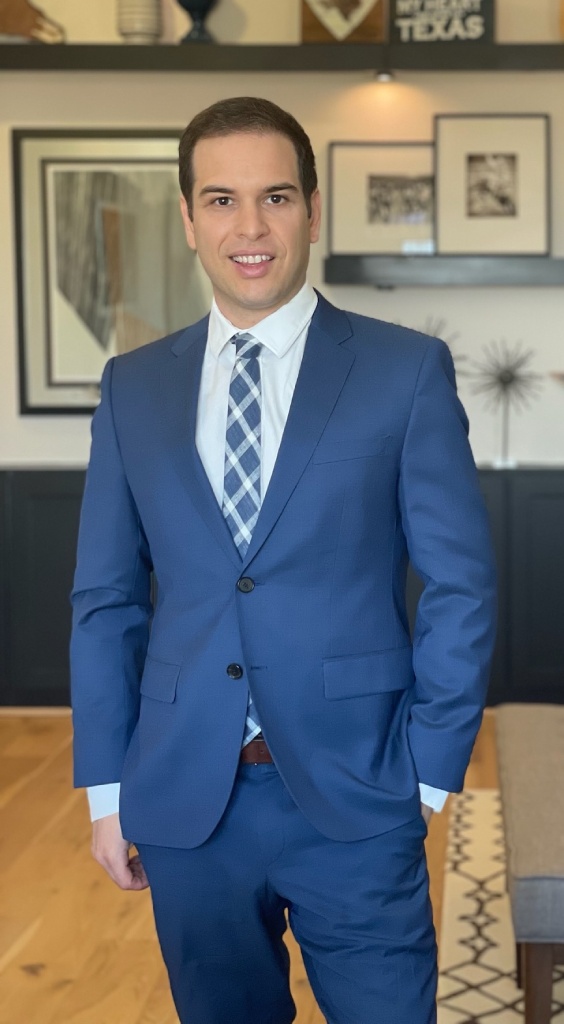
What is the cost of a nose job?
During the consultation, board-certified plastic surgeon Dr. Azouz will discuss payment options, including financing plans, and give comprehensive price information.
Schedule a consultation with Dr. Azouz
For those looking for Ethnic Rhinoplasty in Dallas, board-certified plastic surgeon Dr. Azouz provides superior outcomes, cultural awareness, and experience. Call the office at (972) 702-8888 or contact us online to schedule a consultation with Dr. Azouz today.
Frequently Asked Questions
The results of Ethnic Rhinoplasty are long-lasting, and the nose continues to mature and settle into its final shape over time. However, factors such as aging and lifestyle choices can affect the longevity of results.
Yes, in addition to addressing aesthetic concerns, Ethnic Rhinoplasty can also improve nasal function and alleviate breathing difficulties caused by structural issues such as a deviated septum.
Dr. Azouz employs advanced surgical techniques to minimize scarring, and any incisions are typically well-hidden within the natural contours of the nose. In most cases, Dr. Azouz can perform a closed rhinoplasty, where the incisions are made within the nose, reducing the risk of external scarring.
